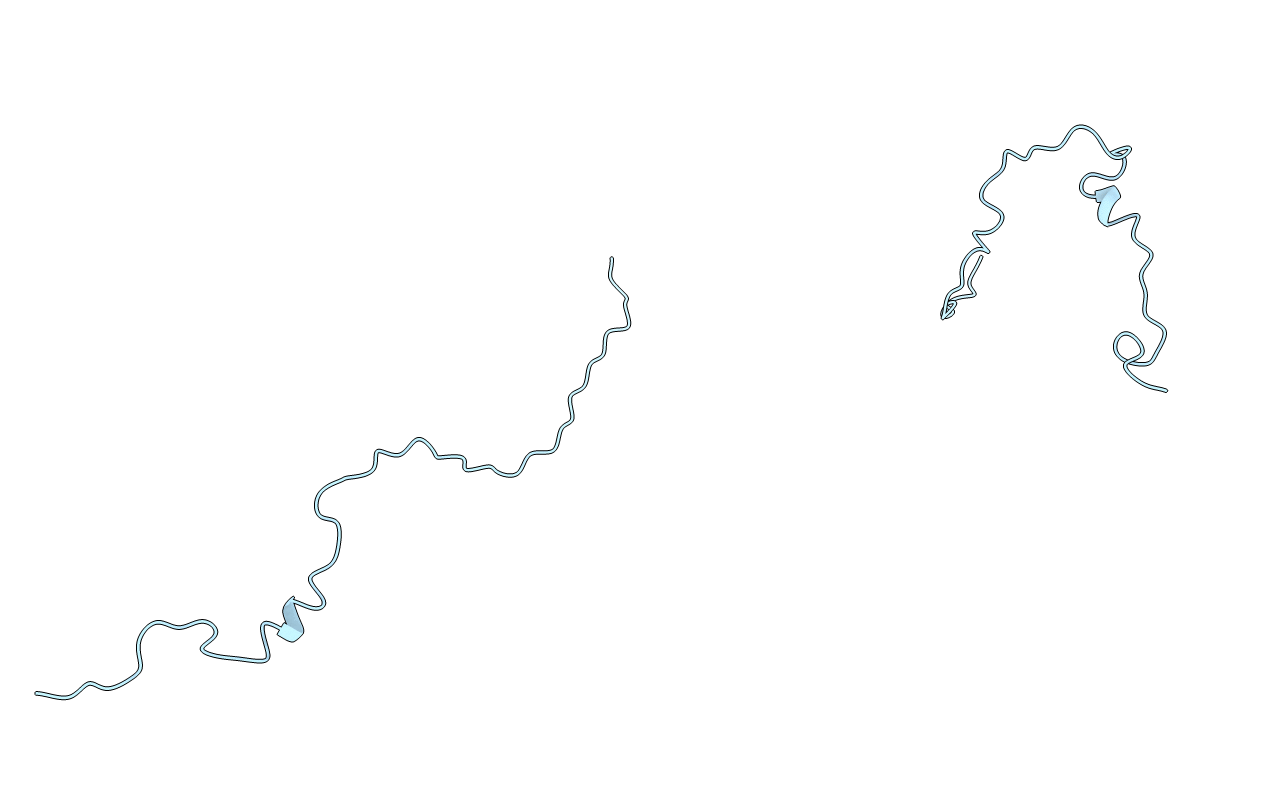
Deposition Date
1999-04-12
Release Date
1999-05-26
Last Version Date
2024-10-09
Entry Detail
Biological Source:
Source Organism:
Method Details:
Experimental Method:
Conformers Calculated:
400
Conformers Submitted:
2
Selection Criteria:
TWO STRUCTURES WITH LOW TOTAL ENERGY WERE SELECTED SHOWING THE CONFORMATIONAL
VARIETY OF THE FLEXIBLE DOMAIN


